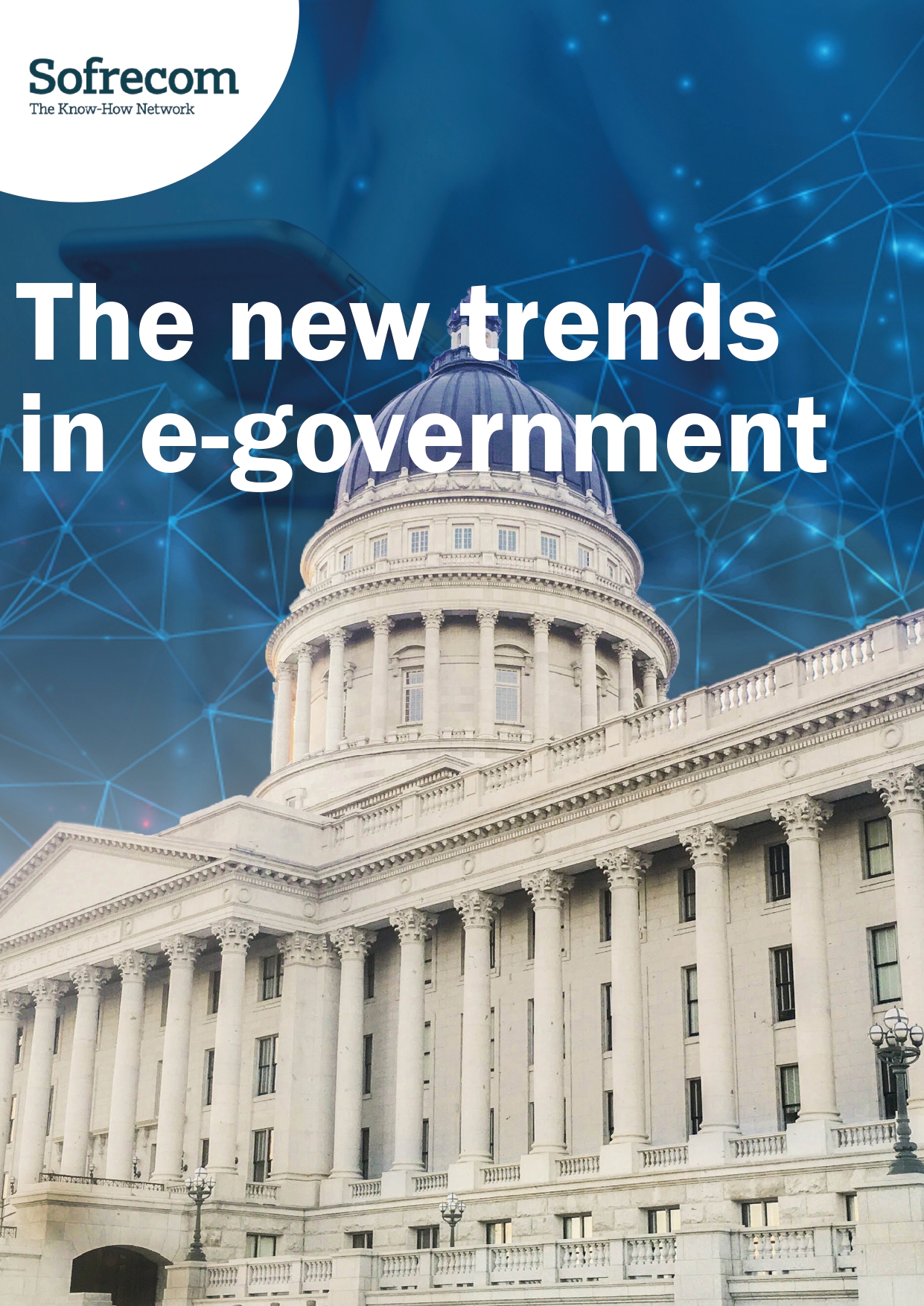
The digitization of public payments offers multiple benefits: it increases government revenue while generating savings. Government administrations gain efficiency and operational agility while combating corruption. This strengthens constituent trust of the public services. The success of this transformation is based on several keys to success.
Strong potential for the development of digitised public payments
In 2018, a study revealed that digitising tax payments could generate $300 billion in additional public revenue annually worldwide[1].
Nevertheless, the digitization of public payments remains underdeveloped in emerging countries. In 2016, government payments in low- and middle-income countries were estimated at $375 million out of $8 trillion worldwide, or 0.005%[2].
In spite of this, many initiatives to digitize public payments have been launched:
- In 2009, DAWASCO was the first public water service in Sub-Saharan Africa to offer bill settlement via mobile payment.
- In 2014, Ghana launched the payment of tuition fees via mobile money.
- In 2017, the Rwandan government created its Irembo platform to digitise its public services and offer digital payment.
The implementation of this type of initiative must be based on an appropriate model. There are three decisive parameters that determine the success of the transformation.
Offering a range of relevant financial services that meet constituents’ needs
In low- and middle-income countries where people have poor access to traditional financial services, it is essential to go beyond offering an option to pay by card when digitizing payments.
In West Africa, the penetration rate of banking was only 19.3% in 2018 according to the BCEAO[3], but governments can rely on digital financial services such as mobile money to reach people excluded from the traditional process. Accessible to a wider population and offering a streamlined customer pathway, these services allow the constituents to save time and offer the administration greater operational efficiency.
On the other hand, in countries where digital financial services are underdeveloped, providing a "phygital" channel is an alternative. In this case the constituent still pays at a physical service point (ATM, post office, bank teller, etc.), but the stages of the process are digitized in advance.
In Egypt, Fawry has successfully opted for this approach. The company has developed a network of more than 141,000 service points serving as local connections to the government. The constituent can choose between a fully digitized process via an app or website, or a "phygital" pathway using e-payment at the electronic payment terminals of a service point or the bank's network of ATMs.
Offering a wide range of payment methods and multiple processes undeniably facilitates adoption, but is only possible if the payment infrastructure is aligned with expectations.
Implementing an appropriate payment infrastructure
Governments must be able to connect the payment service providers to the IS of public entities in order to offer citizens a variety of services (tax payments, school fees, water and electricity bills, etc.) and payment methods. They must therefore set up an infrastructure capable of accommodating these different services.
Bilateral connections between public entities and payment services are achievable, but increase the number of integrations that must be carried out. Although they are quick to set up, they rapidly reach their limits in the context of a global approach due to their lack of scalability.
In 2011 in Côte d’Ivoire, MENET implemented a project to digitize tuition fees through bilateral connections, first with the mobile money service provider MTN, then directly with mobile money operators Orange and eventually Moov at the end of a pilot phase.
The other solution is to set up a payment hub. The public entities and the payment method suppliers carry out a single integration with the hub, based on integration standards that enable them to be connected to all the stakeholders simultaneously.
This is what is offered by the Orbus platform, deployed notably in Senegal for Senegalese des Eaux (SDE). The evolving payment hub brings together several payment services such as Tigo Cash and Orange Money for mobile money, and Visa and Mastercard payments.
Defining an operating model to ensure optimal management
The third challenge concerns the optimal management of the various components of the payment solution. Governments must determine which activities will be internalised or outsourced by:
- Assessing the human and material resources required to manage the solution.
- Determining its level of control over the solution, specifically the IT infrastructure and the user interfaces.
Several types of operating models exist, ranging from total government control to partial or full outsourcing to a third-party entity.
Until 2019, the Ethopian government had fully outsourced the management of government payments to Kifiya, which was solely reponsible for managing the infrastructure and distribution channels.
In contrast, in 2015 the Jordanian Central Bank set up a payment hub that it owns and supervises, at its own initiative.
[1] Better Than Cash Alliance (2020), Success Factors in Tax Digitalization
[2] Dalberg Global Development Advisors (2016), Global Landscape Study on Digitising P2G Payments
[3] Report on the financial inclusion situation in the WAEMU during 2018, Central Bank of West African States (2019)






